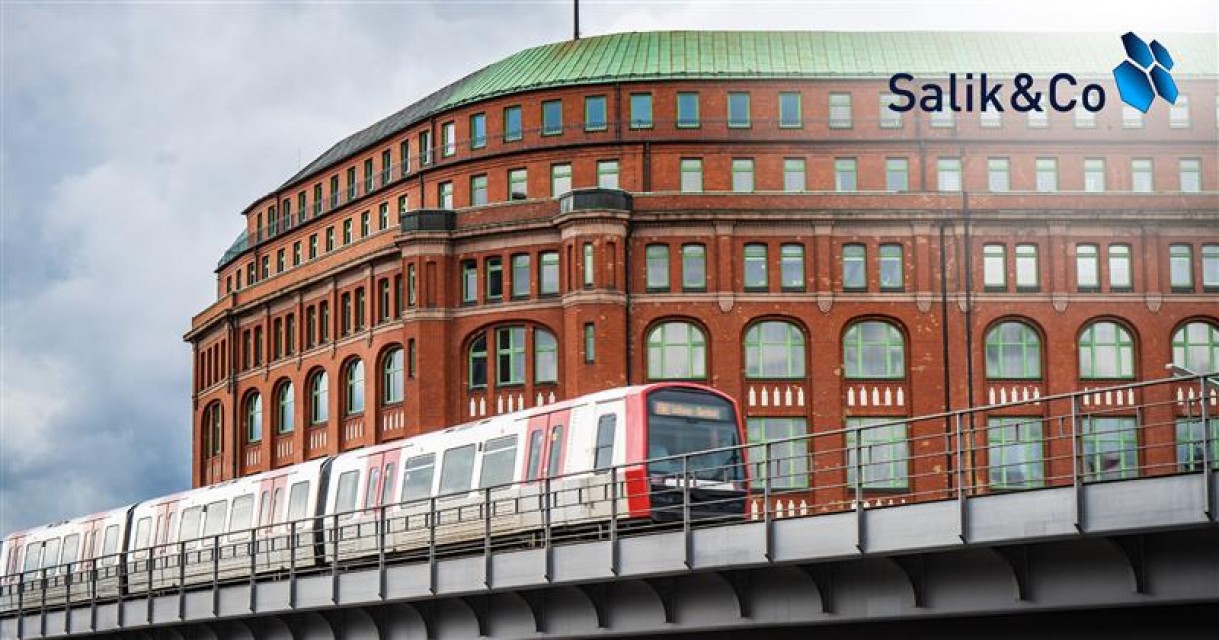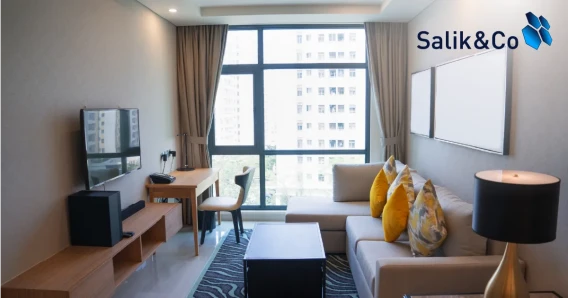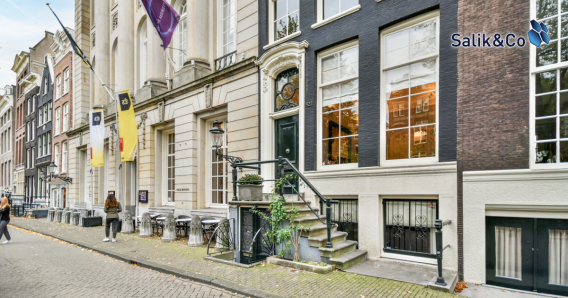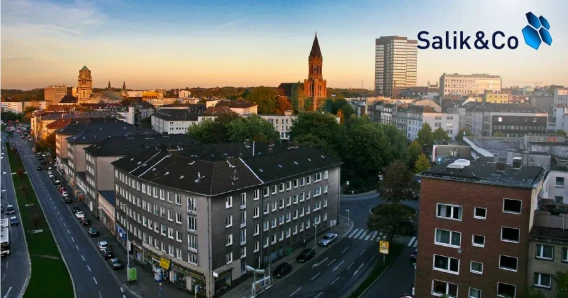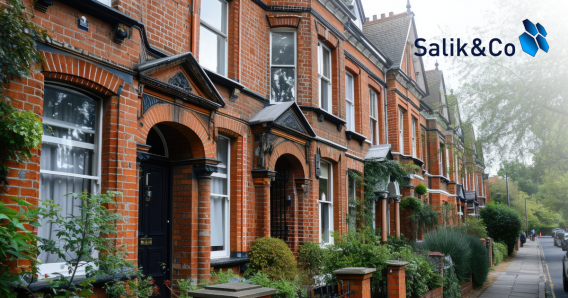Living in East London, you must have experienced a certain charm. The street buzz, the old brick buildings alongside the shiny new ones, and the ease with which you can get here from anywhere all add to the charm. Commuting is a breeze; all you need to do is step outside and catch a train or the DLR, and you will be in central London in no time.
Living here, you are far enough to have your own space and breathing room, but getting around is a breeze as the centre of town is close enough.
You still get the buzz without the chaos. And if you’ve ever spoken to a Property Management Agent in East London, they’ll tell you this: good transport links are everything. They’re what turn a flat into a home and a commute into a comfort.
Why Commuters Love This Side of the City
Over the years, there have been many changes to the transport scene in East London. The additions of the Overground, the DLR, and now the Elizabeth Line have completely changed how people commute.
It's easier for you if you live in places like Stratford, Mile End, or Whitechapel. You can always get a train, wherever your destination is. You can head towards Oxford Circus with the Central Line, and the Jubilee Line can get you to London Bridge in under half an hour. Getting around the city is effortless now with even Barking and Ilford being easily reachable.
What’s nice is how flexible it all feels. There are multiple routes here, making it easy for you to head into the city for work, meet up with friends for dinner, or just pop into town.
The Routes That Keep East London Moving
Every East Londoner has their routine. It might be taking the DLR to Canary Wharf, or the Overground from Hackney to Shoreditch. It's easy to really love the peaceful stretch between Stratford and Liverpool Street, where you can actually grab a seat in the morning.
The Elizabeth Line, though, has been a game-changer. From Forest Gate or Whitechapel, you can get to central London in record time. Even areas that used to feel “a bit far out” suddenly feel right around the corner.
So when people ask what part of London has the best transport links, you can see why East London’s name keeps coming up. Everything here feels connected: work, home, family, weekends, it all fits together neatly.
A 30-Minute Commute to London Bridge? Totally Doable
If your work takes you to London Bridge, East London might just be your perfect match. Areas like Canada Water, Wapping, and New Cross are brilliant for that; you can leave home at a reasonable hour and still have time to pick up a coffee before work.
Even areas like West Ham or Plaistow don’t feel far at all these days. With the Jubilee Line and the Overground running through, getting into the city is quick and hassle-free. For families, that makes a real difference as it means more time at home, relaxed breakfasts, and dinners that are still warm when everyone finally sits down together. It’s the kind of everyday luxury that really adds up.
It’s one reason so many people say East London is one of the best London commuter towns for families, you get space, community, and convenience all rolled into one.
East London Keeps Growing, And It’s Easy to See Why
You can easily feel the energy in the air when you walk down any East London street today. There are new cafes, weekend markets and parks for families to enjoy weekend mornings. The environment is calm yet alive.
Look at any London commuter towns map, and you’ll notice how East London shines. Stratford, Ilford, Romford, places that used to be “too far” are now the clever choices. You get value for money, a proper neighbourhood feel, and the comfort of knowing the city is just a short train ride away.
That’s exactly why property management companies love this part of town. The demand is strong because the lifestyle makes sense, good homes, good transport, and a real community feeling that’s becoming harder to find elsewhere in London.
How Property Management Agents Help People Settle In
A Property Management Agent in East London does more than look after properties. They can tell you which station will get you to where you need to go and which streets are welcoming. They will guide you to the best places where everyone wants to spend a lively evening.
They will guide you to a property that makes life convenient for you, where traffic can be avoided by taking the train or the overground. They will know which details make a house feel like a home, as they know traffic isn't a small detail. It actually matters a lot when you are deciding where to live.
Final Thoughts
The transport network of East London doesn't just move people, it connects lives. It allows people to get more out of life, the things that actually matter, such as spending more time with your family, getting to work easily, and not having to give up the exciting life in the city.
Whether you’re a commuter, have a family or are a landlord, living here just feels right. With the Elizabeth Line, DLR, and Overground all working together, the city is always within reach, but it never feels like it’s closing in on you. That balance, being connected without feeling overwhelmed, is exactly what makes East London so special. It’s a place that moves with you, not against you.
FAQs
1. What part of London has the best transport links?
East London is one of the best-connected areas in the city, thanks to the Overground, DLR, Underground, and Elizabeth Line.
2. Can you really get from East London to London Bridge in 30 minutes?
Yes, areas like Canada Water, New Cross, and Wapping offer a 30-minute commute to London Bridge, even during peak hours.
3. Is East London good for families who need to commute?
Absolutely. With quick commutes, affordable housing, and great schools, it’s one of the best London commuter areas for families.
4. How do property management agents use transport links to market homes?
They highlight nearby stations, journey times, and connections, because they know it’s one of the first things renters and buyers ask about.
5. Why are property management companies so invested in East London?
Because transport keeps getting better, which means more interest, steady demand, and long-term growth for landlords and residents alike.


